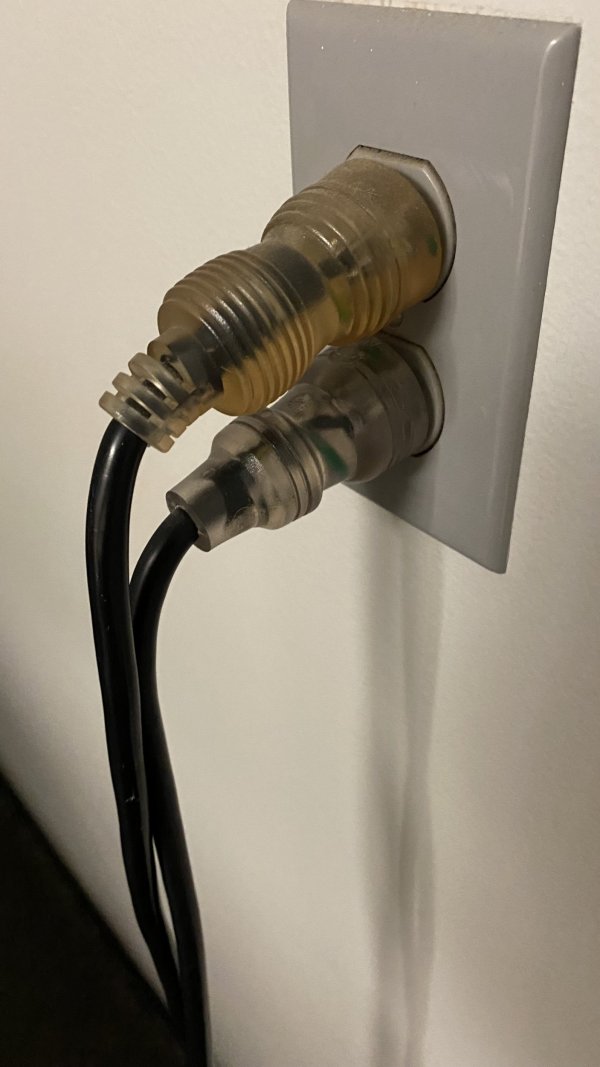Ron, one of these years you may actually setup a system and find out for yourself. Until then this discussion just repeats it's self ad infinitum, because you're not willing to do the work to understand the subject you continually decry as some sort of horrific "morass" or whatever. It's not a "morass", you just haven't spent the time and effort to actually test cables and understand why for yourself!
I don't understand how cables are so different than anything else? The same objections you have are equally valid when talking about amplifiers, sources, etc. Do the measurements relate exactly to what one hears? Can you really look at the specs and parts in an amp and have a clue about how it sounds? If so, WHY? Can you look at a speaker, read it's measurement data, driver spec, and know how it's going to sound? If so, WHY?
Well, you can have some idea based on past experience with those products, right? After some time you CAN relate specifications of amps and speakers to how they sound, and IT'S NO DIFFERENT WITH CABLES, but you seem to be completely unwilling to actually do the work required to have some understanding of why cables sound different. It's so odd because you seem genuinely interested in the subject, it's brought up in this way over and over and over again.
In any case you are misguided about the "morass" of cables, about how "There is no intellectually honest or theoretically valid way to figure out, in advance, which, if any, expensive cable will sound better to one’s own ears than a Mogami or a Belden cable." There is, and to about the same degree as any other audio component. It's just that you've said yourself you are UNWILLING to put the work in and actually test cables. Until and unless you are willing to get off your butt and put the effort in I suppose you'll never understand, but I am sure you will continue to complain about it and continue to make these dubious claims and lamentations on the subject.
The truth is cables make or break a system and with the fact that today's speakers, amps and sources are so good and so neutral and resolving compared to what they were 20 years ago, cables are now more important than ever. Disregard them at your own peril, every part of an audio system matters and it's in everyone's best interests to actually educate yourself on the subject, especially if you're going to be spending big-$ on a nice system. An educated consumer will be able to setup a superior system with compromises that match their own personal preferences to a far greater degree than the gear swappers that continually churn through the latest and greatest with no clue about what they are buying.
















